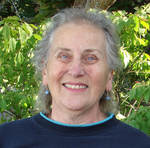 Have you ever wondered what it would be like to be a wolf? You’re born in a cozy, dark den under the ground, probably along with at least one brother or sister. Your eyes are closed shut, but you can smell and feel your way over to your mother to drink sweet, warm milk from her teats. Your father and older brothers and sisters bring food from their hunts to feed your mother. Your eyes open in about two weeks, but you can’t see much in the darkness of the den. You nap a lot, snuggled up to your siblings and your mom. Then, about a week later, your mother leads you all out of the den into the sunshine. How different it is up here! Now you explore the wild world, wandering among the trees, lapping water from a creek, wrestling and tumbling with your brothers and sisters. After you get bigger and stronger, you and your family leave the den and move to a safe outdoor area. It’s scary at first, being in a strange new place with no dark den for comfort. An older brother or sister watches over you and the other pups while the rest of the family, or pack, goes hunting. When the hunters return you rush up and lick their faces and they share the meat they got on the hunt. All the older wolves in the pack let you climb all over them and nip their ears and tails while they take care of you, protecting you from danger. All that good meat helps you grow into a big, strong wolf, with thick, shiny fur. In the fall, you go along on the hunt and learn how to find game and how best to catch it. Hunting is exciting but dangerous. You or other family members might get kicked by a deer or stomped on by a moose. But if you get injured, the other wolves take care of you until you recover. You are family, and family is what matters. Grey wolf. © Dorothy Hinshaw Patent, 2014
Dorothy Hinshaw Patent is a member of iNK's Authors on Call and is available for classroom programs through Field Trip Zoom, a terrific technology that requires only a computer, wifi, and a webcam. Click here to find out more. MLA 8 Citation Patent, Dorothy Hinshaw. "What's It Like Being a Wolf?" Nonfiction Minute, iNK Think Tank, 27 Sept. 2017, www.nonfictionminute.org/the-nonfiction-minute/whats-it-like-being-a-wolf.
2 Comments
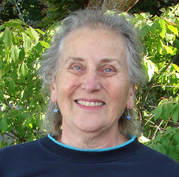 How often do you check your cell phone or email each day? Use Twitter or Facebook? Can you stand not to “stay in touch” for even one day? We’re used to being able to hear from people anywhere in the world at any time, with just a few taps on a keyboard or telephone pad. Through most of human history people could only communicate when they were within shouting distance. When alphabets came along, our ancestors could create messages on stone or wood and later on parchment (made from animal skin), or paper, made from wood pulp. Then, of course, the message had to get from one person to another by way of a messenger. When public mail came along, it made that process much easier and more reliable. That’s where things stood for a long time. Imagine being a soldier in 1804 joining explorers Meriwether Lewis and William Clark on their epic trek across the west to the Pacific Coast. This was territory almost totally unknown at the time to European Americans. You’ve left behind your family and all your friends. Now you have no way of finding out what happened to those dear to you. Did your father or mother die? Did a sister get married? How many babies were born? Your loved ones get to be a bit luckier, since in the spring of 1805, the keel boat that carried the expedition to Indian villages for the winter is sent back down the Missouri River with a small crew, and you get a chance to write notes to your loved ones, reassuring them that you are okay. A lot can happen during a 2½ year span like the one endured by members of the expedition! Finally, in September of 1806, you and your colleagues return to the St. Louis area and find out that most people assumed you were all dead. Now you must figure out as quickly as possible how to reconnect with family and friends. It won’t be easy, since they don’t know you are alive, and you don’t know where they are after so long. How can you even locate everyone you care about? Think about it: If you didn’t have email or a phone of any kind, whose messages would you miss the most? And who would you most wish you could tell about these events in your life? 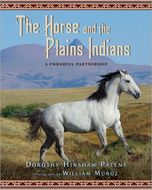 Dorothy has written about how the horse changed the lives of the Plains Indians and everything that followed. Dorothy Hinshaw Patent is a member of iNK's Authors on Call and is available for classroom programs through Field Trip Zoom,a terrific technology that requires only a computer, wifi, and a webcam. Click here to find out more. MLA 8 Citation Patent, Dorothy Hinshaw. "Keeping in Touch." Nonfiction Minute, iNK Think Tank, 4 Oct. 2017, www.nonfictionminute.org/the-nonfiction-minute/keeping-in-touch. When we think of endangered species, we are likely to think “cheetah” or “grizzly bear” or some other big, familiar, and in-the-news animal. But unfortunately, just about any sort of living thing can enter the list of endangered life. Scientists fear that the continuing elimination of habitat by humans and the changing climate could result in the loss of a million or more species in the foreseeable future. The Torrey pine, native to the coast of southern California, is on the endangered list. Before the city of San Diego and its suburbs developed, woodlands featuring this species thrived along the nearby rocky coast. The frequent cool afternoon fog helped the trees tolerate a climate where rain is scarce during the summer months. Now, largely because of human development, this beautiful tree with open, spreading branches is critically endangered. There are just two areas left where these trees grow in the wild. Fewer than 5,000 individual trees live on tiny Santa Rosa Island off the Santa Barbara coast and in the Torrey Pines State Reserve on the San Diego coastline. In addition to having an ever-shrinking natural habitat, the Torrey Pines have recently struggled to survive an onslaught of the five-spined engraver beetle, which bores through the bark and lays its eggs in the cambium layer of the tree. The beetle attack can result in shutting off the supply of water and nutrients to the tree, killing it. Healthy trees may be able to survive, but drought can weaken a tree, making it vulnerable to attack. Torrey pines do not replenish themselves easily. They take their time to produce seeds. The male flowers develop in February as clusters of reddish finger-like structures on lower branches. Their pollen fertilizes the female blossoms, which look like tiny red cones. It takes about 3 ½ years for the cones to grow and the seeds to develop fully. Then the cones release seeds, but some may remain until the cone itself drops from the tree as long as ten years after pollination. The Torrey Pines State Reserve works hard to protect these rare trees, but it may be too late. The increasing heat and dryness brought about by climate change could weaken the remaining wild trees, resulting in beetle damage and early death. Let’s hope these hardy beauties find a way to survive these difficult challenges.
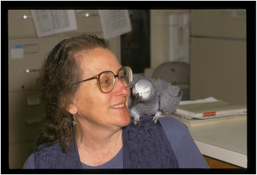 The question “how smart are animals?” has puzzled many people for generations. Scientist Irene Pepperberg became intrigued with this problem after viewing NOVA TV programs about communication studies in apes and dolphins. Trained as a chemist, Irene decided then and there that her true passion was actually animal intelligence, not chemistry. Irene plunged into learning what was already known and the revolutionary ideas of scientists who were changing how people thought about animals. At that time, in the early 1970s, people thought that animals didn’t think and make decisions but merely responded moment by moment to their environments. But researchers working with apes and dolphins were overturning that concept and showing that indeed, animals could think, solve problems, and act intelligently about what they had learned. What about birds, Irene wondered? She had kept pet parakeets and knew they were smart and could learn to speak at least a few words. . She decided to study an African Grey parrot, a popular pet that can learn to pronounce words especially well. She bought a young parrot, named him Alex, and got to work. To probe Alex’s mind, Irene needed to teach him to use words to describe his world. This took long, patient training. After a few years Alex could name objects and foods, such as a key, a piece of wood, or a banana. He also learned several colors, and soon could label an object by both its label and color, such as identifying “green key” or “yellow corn.” He learned to distinguish whether an object was made of wood, paper, or rawhide, and could distinguish shapes such as “three-cornered” or “four-corner.” Alex also used his vocabulary to express his own desires. In the middle of an experimental session he might say “Want nut,” or “Wanna go shoulder.” As the years passed, Alex kept learning. If Irene presented him with a tray of items of different numbers and colors—say 2 green keys, 4 blue keys, and 6 red keys—he could correctly answer the question “What color four?” By the time he died suddenly and unexpectedly in 2007, Alex had learned more than 100 labels and showed understanding of many concepts. When people asked Irene why Alex was special, she’d reply, “Because a bird with a brain the size of a shelled walnut could do the kinds of things that young children do. And that changed our perception of what we mean by ‘bird brain.’ It changed the way we think about animal thinking.” 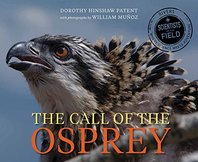 Alex isn't the only bird Dorothy has written about. This book explores a University of Montana research project using blood samples from osprey chicks to investigate the effects of heavy metal refuse from mining on the ecology of the Clark Fork River. To learn more about The Call of the Osprey, go here. Dorothy Hinshaw Patent is a member of iNK's Authors on Call and is available for classroom programs through Field Trip Zoom, a terrific technology that requires only a computer, wifi, and a webcam. Click here to find out more. MLA 8 Citation
Patent, Dorothy Hinshaw. "Alex the Parrot, a Real Bird Brain." Nonfiction Minute, iNK Think Tank, 15 May 2018, www.nonfictionminute.org/ the-nonfiction-minute/Alex-the-Parrot-a-Real-Bird-Brain. 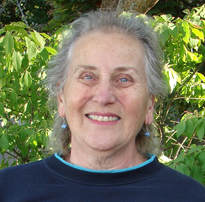 People are confused. They hear the terms “global warming” and “climate change” tossed about without much explanation. We all talk about the weather, but what does that word actually mean, and how does it relate to these other terms? NASA defines global warming: “Global warming is the increase in Earth’s average surface temperature due to rising levels of greenhouse gases.” So global warming is a measurable statistic. Record the temperature at many sites on Earth for a given year, add them up, and divide to get an average. Rising levels of greenhouse gases are also well measured. The famous “Keeling curve” of atmospheric CO2 begun in Hawaii in 1957 is the best example. Climate change is more complicated. Climate change is a long-term change in the Earth’s climate and includes measures of the atmosphere, oceans, land, cryosphere (snow and ice), wind, precipitation, deforestation, wildfire, and more, as well as temperature. So, climate change is a more inclusive measure of many factors changing the Earth system, which is very different from a single statistic like the rise in temperature from global warming. Then there’s the weather. What, exactly is the weather? That term refers to what’s going on in the atmosphere at a particular time and place. It includes the air temperature, wind speed, humidity, and precipitation. Weather happens day to day, while global warming is shown by recording day-to-day temperatures over a long period of time. Climate change is a long-term process that can result in drastic changes in conditions on our planet. To sum up: Weather refers to what’s happening in the atmosphere at a given time and place over the course of days to months. Global warming refers to an upward trend in the average temperature over a period of years to decades. Climate change is a long-term process that can be influenced by changes in the average temperature but includes many other factors. To watch a brief but amazing video of the affect of global warming and climate change over the next 20 years, click here. 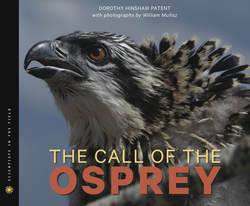 Dorothy's recent book The Call of the Osprey, has been chosen as a Best Science Trade Book for Students by the National Science Teachers Association. It covers research being done in Western Montana by scientists at the University of Montana. Starting in the late 1800's, Butte, MT, at the headwaters of the Clark Fork River, was the largest copper mine in the U.S. The major result of the mining was two-fold—the electrification of America and the largest Superfund cleanup site in the U.S. Call of the Osprey deals not only with current research but also with the history of Butte and the lives of the scientists involved in the research. Click here to find out more. Dorothy Hinshaw Patent is a member of iNK's Authors on Call and is available for classroom programs through Field Trip Zoom, a terrific technology that requires only a computer, wifi, and a webcam. Click here to find out more. MLA 8 Citation
Patent, Dorothy Hinshaw. "Defining Weather, Global Warming, and Climate Change." Nonfiction Minute, iNK Think Tank, 16 Apr. 2018, www.nonfictionminute.org/the-nonfiction-minute/ Defining-Weather-Global-Warming-and-Climate-Change. |
*NEWS
|
For Vicki Cobb's BLOG (nonfiction book reviews, info on education, more), click here: Vicki's Blog
The NCSS-CBC Notable Social Studies Committee is pleased to inform you
that 30 People Who Changed the World has been selected for Notable Social Studies Trade Books for Young People 2018, a cooperative project of the National Council for the Social Studies (NCSS) & the Children’s Book Council
Categories
All
Abolitionists
Adams Janus
Adaptation
Adaptations
Adkins Jan
Advertising
Aerodynamics
Africa
African American History
African Americans
Africa West
Agriculture
Aircraft
Air Pilots
Air Pressure
Air Travel
Albee Sarah
Alchemy
Alligators
Allusion
American History
American Icons
Amphibians
Amundsen Roald
Anatomy
Ancient
Ancient Cultures
Anderson Marian 1897-1993
Animal Behavior
Animal Experimentation
Animal Intelligence
Animals
Animation
Antarctica
Ants
Apache Indians
Apes
April Fool's Day
Architecture
Argument
Arithmetic
Art
Art Deco
Artists
Arts
Asia
Astronauts
Astronomy
Athletes
Atomic Theory
Audubon Societies
Authors
Autobiography
Automobiles
Aviation
Awards
Bacteria
Baseball
Battuta Ibn
Bears
Beatles
Beavers
Bees
Biodegradation
Biography
Biology
Biomes
Biomimicry
Biplanes
Birds
Black Death
Black History
Blindness
Blizzards
Bombs
Bonaparte Napoleon
Boone Daniel
Botany
Brazil
Bridges
Brill Marlene Targ
Brooklyn Bridge
Brown John
Buffaloes
Building Materials
Butterflies
Caesar
Caesar Julius
Caissons
Calculus
Calendars
Cannibal
Capitals
Caravaggio
Carbon Dioxide
Carnivores
Carson Mary Kay
Cartoons & Comics
Carving (Decorative Arts)
Cascade Range
Castaldo Nancy
Castles
Castrovilla Selene
Cathedrals
Cats
Caves
Celts
Cemeteries
Chemistry
Children's Authors
Child Welfare
China
Choctaw Indians
Christmas
Chronometers
Cicadas
Cinco De Mayo
Ciphers
Circle
Citizenship
Civil Rights
Civil Rights Movements
Civil War
Civil War - US
Climate
Climate Change
Clocks And Watches
Clouds
Cobb Vicki
COBOL (Computer Language)
Code And Cipher Stories
Collard III Sneed B.
Collectors And Collecting
Color
Commerce
Communication
Competition
Compilers
Composers
Computers
Congressional Gold Medal
Consitution
Contests
Contraltos
Coolidge Calvin
Cooling
Corms
Corn
Counterfeiters
Covid-19
Crocodiles
Cryptography
Culture
Darwin Charles
Declaration Of Independence
Decomposition
Decompression Sickness
Deep-sea Animals
Deer
De Medici Catherine
Design
Detectives
Dickens Charles
Disasters
Discrimination
Diseases
Disney Walt
DNA
Dogs
Dollar
Dolphins
Douglass Frederick 1818-1895
Droughts
Dr. Suess
Dunphy Madeleine
Ear
Earth
Earthquakes
Ecology
Economics
Ecosystem
Edison Thomas A
Education
Egypt
Eiffel-gustave-18321923
Eiffel-tower
Einstein-albert
Elephants
Elk
Emancipationproclamation
Endangered Species
Endangered-species
Energy
Engineering
England
Englishlanguage-arts
Entomology
Environmental-protection
Environmental-science
Equinox
Erie-canal
Etymology
Europe
European-history
Evolution
Experiments
Explorers
Explosions
Exports
Extinction
Extinction-biology
Eye
Fairs
Fawkes-guy
Federalgovernment
Film
Fires
Fishes
Flight
Floods
Flowers
Flute
Food
Food-chains
Foodpreservation
Foodsupply
Food-supply
Football
Forceandenergy
Force-and-energy
Forensicscienceandmedicine
Forensic Science And Medicine
Fossils
Foundlings
France
Francoprussian-war
Freedom
Freedomofspeech
French-revolution
Friction
Frogs
Frontier
Frontier-and-pioneer-life
Frozenfoods
Fugitiveslaves
Fultonrobert
Galapagos-islands
Galleys
Gametheory
Gaudi-antoni-18521926
Gender
Generals
Genes
Genetics
Geography
Geology
Geometry
Geysers
Ghosts
Giraffe
Glaciers
Glaucoma
Gliders-aeronautics
Global-warming
Gods-goddesses
Gold-mines-and-mining
Government
Grant-ulysses-s
Grasshoppers
Gravity
Great-britain
Great-depression
Greece
Greek-letters
Greenberg Jan
Hair
Halloween
Handel-george-frederic
Harness Cheryl
Harrison-john-16931776
Health-wellness
Hearing
Hearing-aids
Hearst-william-randolph
Henry-iv-king-of-england
Herbivores
Hip Hop
History
History-19th-century
History-france
History-world
Hitler-adolph
Hoaxes
Holidays
Hollihan Kerrie Logan
Homestead-law
Hopper-grace
Horses
Hot Air Balloons
Hot-air-balloons
Housing
Huguenots
Human Body
Hurricanes
Ice
Icebergs
Illustration
Imagery
Imhotep
Imperialism
Indian-code-talkers
Indonesia
Industrialization
Industrial-revolution
Inquisition
Insects
Insulation
Intelligence
Interstatecommerce
Interviewing
Inventions
Inventors
Irrational-numbers
Irrigation
Islands
Jacksonandrew
Jazz
Jeffersonthomas
Jefferson-thomas
Jemisonmae
Jenkins-steve
Jet-stream
Johnsonlyndonb
Jokes
Journalism
Keeling-charles-d
Kennedyjohnf
Kenya
Kidnapping
Kingmartinlutherjr19291968
Kingmartinlutherjr19291968d6528702d6
Kings-and-rulers
Kings Queens
Kings-queens
Koala
Labor
Labor Policy
Lafayette Marie Joseph Paul Yves Roch Gilbert Du Motier Marquis De 17571834
Landscapes
Languages-and-culture
Law-enforcement
Layfayette
Levers
Levinson Cynthia
Lewis And Clark Expedition (1804-1806)
Lewis Edmonia
Liberty
Lift (Aerodynamics)
Light
Lindbergh Charles
Liszt Franz
Literary Devices
Literature
Lizards
Longitude
Louis XIV King Of France
Lumber
Lunar Calendar
Lynching
Macaws
Madison-dolley
Madison-james
Madison-james
Mammals
Maneta-norman
Maneta-norman
Marathon-greece
Marine-biology
Marine-biology
Marines
Marsupials
Martial-arts
Marx-trish
Mass
Massachusetts-maritime-academy
Mass-media
Mastodons
Mathematics
May-day
Mcclafferty-carla-killough
Mcclafferty-carla-killough
Mckinley-william
Measurement
Mechanics
Media-literacy
Media-literacy
Medicine
Memoir
Memorial-day
Metaphor
Meteorology
Mexico
Mickey-mouse
Microscopy
Middle-west
Migration
Military
Miners
Mississippi
Molasses
Monarchy
Monsters
Montgomery
Montgomery-bus-boycott-19551956
Montgomery-heather-l
Monuments
Moon
Moran-thomas
Morsecode
Morsesamuel
Moss-marissa
Moss-marissa
Motion
Motion-pictures
Mummies
Munro-roxie
Munro-roxie
Musclestrength
Museums
Music
Muslims
Mythologygreek
Nanofibers
Nanotechnology
Nathan-amy
Nathan-amy
Nationalfootballleague
Nationalparksandreserves
Nativeamericans
Native-americans
Native-americans
Naturalhistory
Naturalists
Nature
Nauticalcharts
Nauticalinstruments
Navajoindians
Navigation
Navy
Ncaafootball
Nervoussystem
Newdeal19331939
Newman-aline
Newman-aline
Newton-isaac
New-york-city
Nobelprizewinners
Nomads
Nonfictionnarrative
Nutrition
Nylon
Nymphs-insects
Oaths Of Office
Occupations
Ocean
Ocean-liners
Olympics
Omnivores
Optics
Origami
Origin
Orphans
Ottomanempire
Painters
Painting
Paleontology
Pandemic
Paper-airplanes
Parksrosa19132005
Parrots
Passiveresistance
Patent Dorothy Hinshaw
Peerreview
Penguins
Persistence
Personalnarrative
Personification
Pets
Photography
Physics
Pi
Pigeons
Pilots
Pinkertonallan
Pirates
Plague
Plains
Plainsindians
Planets
Plantbreeding
Plants
Plastics
Poaching
Poetry
Poisons
Poland
Police
Political-parties
Pollen
Pollution
Polo-marco
Populism
Portraits
Predation
Predators
Presidentialmedaloffreedom
Presidents
Prey
Prey-predators
Prey-predators
Prime-meridian
Pringle Laurence
Prohibition
Proteins
Protestandsocialmovements
Protestants
Protestsongs
Punishment
Pyramids
Questioning
Radio
Railroad
Rainforests
Rappaport-doreen
Ratio
Reading
Realism
Recipes
Recycling
Refrigerators
Reich-susanna
Religion
Renaissance
Reproduction
Reptiles
Reservoirs
Rheumatoidarthritis
Rhythm-and-blues-music
Rice
Rivers
Roaringtwenties
Roosevelteleanor
Rooseveltfranklind
Roosevelt-franklin-d
Roosevelt-theodore
Running
Russia
Safety
Sanitation
Schwartz David M
Science
Scientificmethod
Scientists
Scottrobert
Sculpture
Sculpturegardens
Sea-level
Seals
Seals-animals
Secretariesofstate
Secretservice
Seeds
Segregation
Segregationineducation
Sensessensation
September11terroristattacks2001
Seuss
Sextant
Shackletonernest
Shawneeindians
Ships
Shortstories
Silkworms
Simple-machines
Singers
Siy Alexandra
Slavery
Smuggling
Snakes
Socialchange
Social-change
Socialjustice
Social-justice
Socialstudies
Social-studies
Social-studies
Sodhouses
Solarsystem
Sound
Southeast-asia
Soybean
Space Travelers
Spain
Speech
Speed
Spiders
Spies
Spiritualssongs
Sports
Sports-history
Sports-science
Spring
Squirrels
Statue-of-liberty
STEM
Storms
Strategy
Sugar
Sumatra
Summer
Superbowl
Surgery
Survival
Swanson-jennifer
Swinburne Stephen R.
Synthetic-drugs
Taiwan
Tardigrada
Tasmania
Tasmanian Devil
Tasmanian-devil
Technology
Tecumsehshawneechief
Telegraph-wireless
Temperature
Tennis
Terrorism
Thomas Peggy
Thompson Laurie Ann
Time
Titanic
Tombs
Tortoises
Towle Sarah
Transcontinental-flights
Transportation
Travel
Trees
Trung Sisters Rebellion
Tundra
Turnips
Turtles
Typhoons
Underground Railroad
Us-environmental-protection-agency
Us History
Us-history
Ushistoryrevolution
Us History Revolution
Us-history-war-of-1812
Us Presidents
Ussupremecourtlandmarkcases
Vacations
Vaccines
Vangoghvincent
Vegetables
Venom
Vietnam
Viruses
Visual-literacy
Volcanoes
Voting-rghts
War
Warne-kate
Warren Andrea
Washington-dc
Washington George
Water
Water-currents
Wax-figures
Weapons
Weather
Weatherford Carole Boston
Whiting Jim
Wildfires
Winds
Windsor-castle
Wolves
Woman In History
Women
Women Airforce Service Pilots
Women-airforce-service-pilots
Womeninhistory
Women In History
Women-in-science
Women's History
Womens-roles-through-history
Wonder
Woodson-carter-godwin-18751950
World-war-i
World War Ii
World-war-ii
Wright Brothers
Writing
Writing-skills
Wwi
Xrays
Yellowstone-national-park
Zaunders Bo
ArchivesMarch 2021
February 2021
January 2021
December 2020
November 2020
October 2020
September 2020
June 2020
May 2020
April 2020
March 2020
February 2020
January 2020
December 2019
October 2019
September 2019
August 2019
July 2019
May 2019
April 2019
March 2019
February 2019
January 2019
December 2018
November 2018
September 2018
June 2018
May 2018
April 2018
March 2018
February 2018
January 2018
December 2017
November 2017
October 2017
September 2017
March 2017
The NONFICTION MINUTE, Authors on Call, and. the iNK Books & Media Store are divisions of iNK THINK TANK INC.
a 501 (c) (3) nonprofit corporation. To return to the iNK Think Tank landing page click the icon or the link below. :
http://inkthinktank.org/
For more information or support, contact thoughts@inkthinktank.org
For Privacy Policy, go to
Privacy Policy
© COPYRIGHT the Nonfiction Minute 2020.
ALL RIGHTS RESERVED.
This site uses cookies to personalize your experience, analyze site usage, and offer tailored promotions. www.youronlinechoices.eu
Remind me later
Archives
March 2023
February 2023
January 2023
December 2022
November 2022
October 2022
September 2022
June 2022
May 2022
April 2022
March 2022
February 2022
January 2022
December 2021
November 2021
September 2021
April 2021
March 2021
February 2021
November 2020
October 2020
September 2020
June 2020
May 2020
April 2020
March 2020
February 2020
January 2020
October 2019
August 2019
July 2019
May 2019
April 2019
December 2018
September 2018
June 2018
May 2018
March 2018
February 2018
January 2018
December 2017
November 2017
October 2017
September 2017


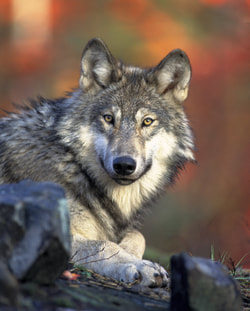
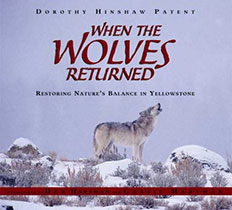


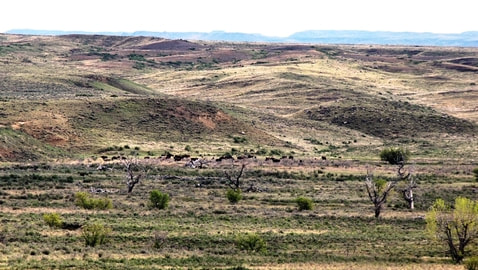
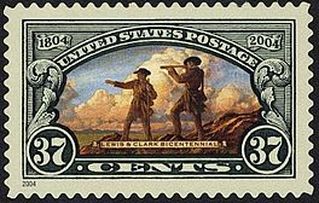

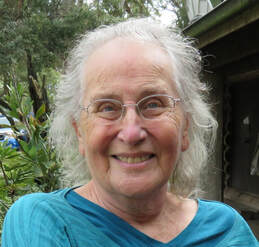
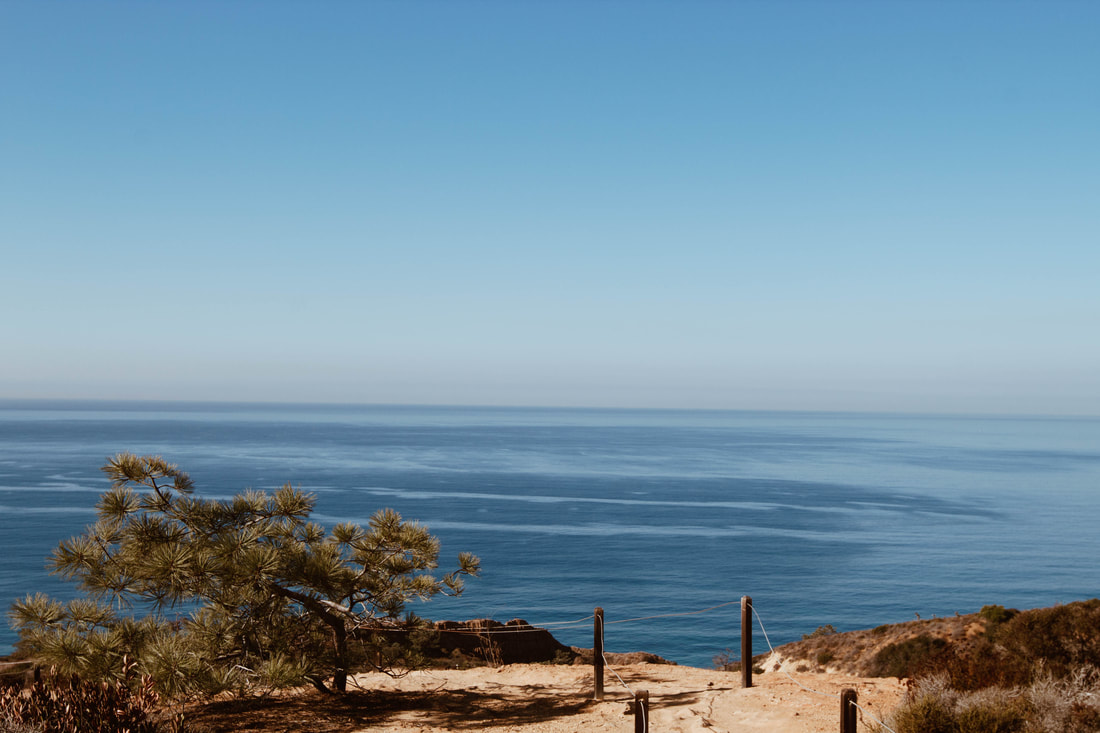
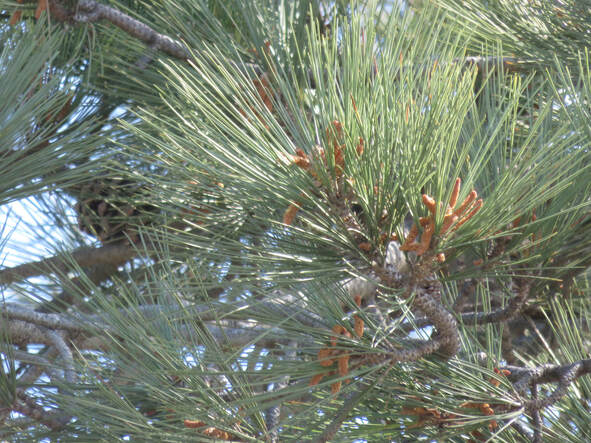
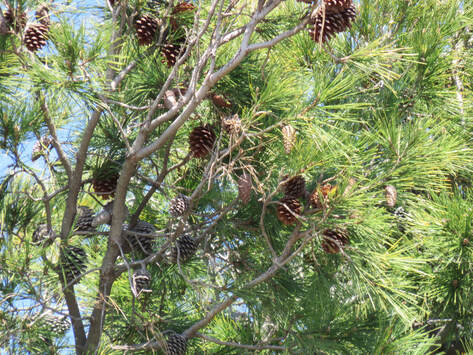
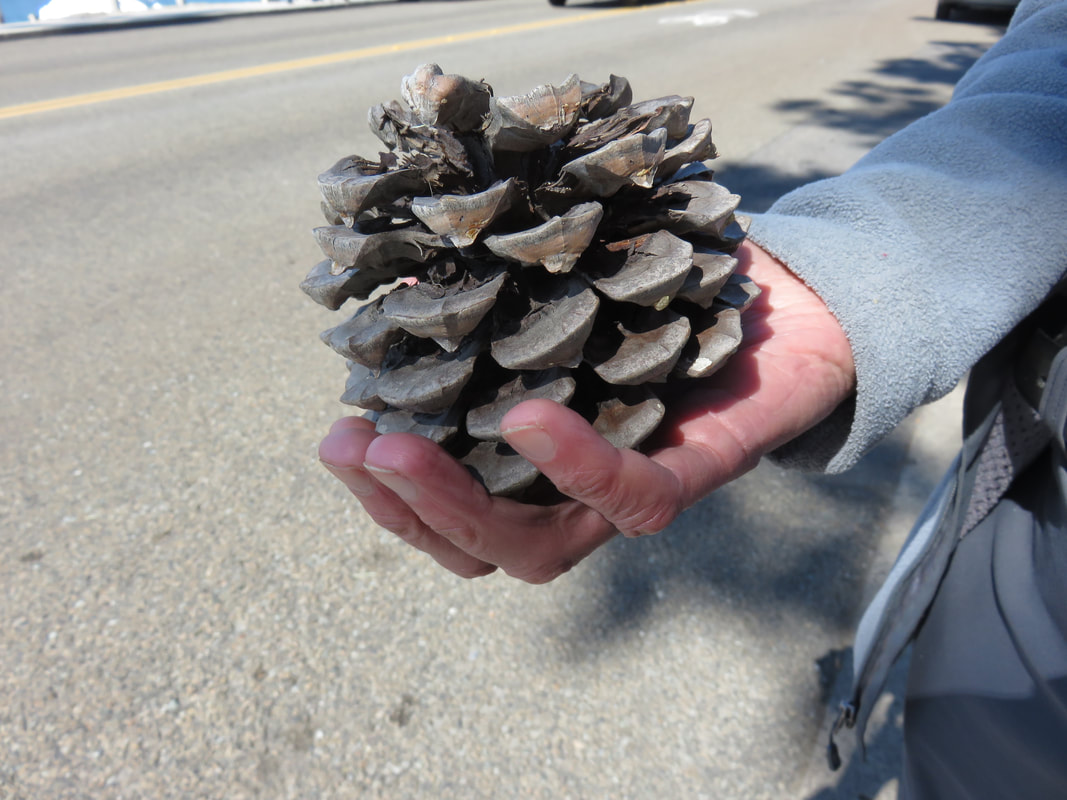
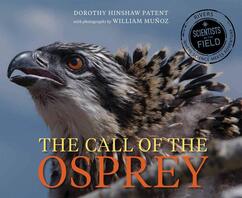

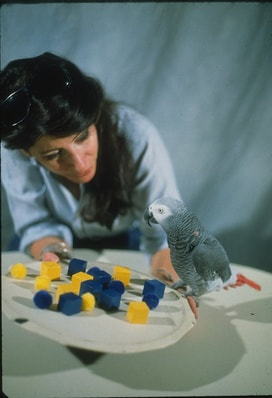
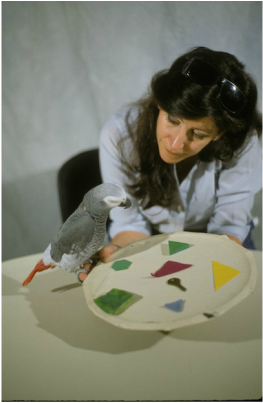
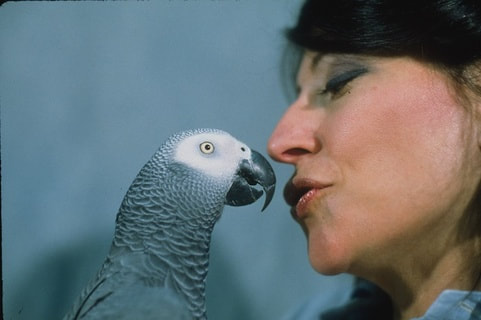



 RSS Feed
RSS Feed
